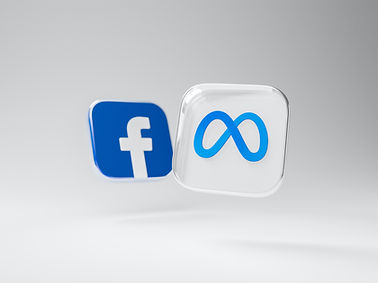
Social Hour
Social media comes in several shapes and sizes, but the thing to remember is that this short-form marketing tool can target audiences large and small, near and far — for as little as no cost! Done right, you can start, grow and operate your business solely on these platforms or, better yet, in conjunction with others. Below are some options worth considering.

Dubbed the most popular social media platform by Forbes Advisor, Facebook allows you to target your audience by demographics, such as proximity and interests to name a few. This platform comes highly recommended by organizing professionals, but beware that competition is stiff. Caveat: You'll need to carve out your niche and have a good marketing plan to succeed on this platform.
This image-driven platform is a terrific branding tool for businesses where visual appeal reigns supreme. Organizers, don your crowns because the Gram can get you noticed. Caveat: Instagram tends to target younger crowds and broader audiences, so keep this in mind when delegating time for your marketing endeavors. Also, a keen eye and good photography/graphics are key.


Marketed as a "visual discovery engine," Pinterest — like Instagram — is largely driven by, you guessed it, imagery. Where it differs is that it is dynamic and allows users to search for ideas that then link to articles, videos and more to help them find the inspiration they seek. Pinterest could be considered a marriage of Insta and Facebook in that it combines textual information and beautiful images to drive the user's interactions. This is the marketing real estate space where you sell the dream of an organized and tidy space. Caveat: Narrowing your target audience could prove more difficult on this platform.
LinkedIn is a networking platform designed to connect people and businesses with one another. This is a particularly useful tool for sharing industry expertise, generating leads, connecting with others in the organizing business, and more. Caveat: This isn't your best resource for customer generation so much as your "link" to others in the same field.

X
Formerly known as Twitter, X uses short (280 characters max) text-based messaging that can be paired with images, links, videos and other formats to convey concise content to users. It can serve as a conduit for customer service and quick connections to clients. Caveat: Don't let the character limits fool you — making your content this concise can be challenging and not always helpful depending on your marketing goals.

